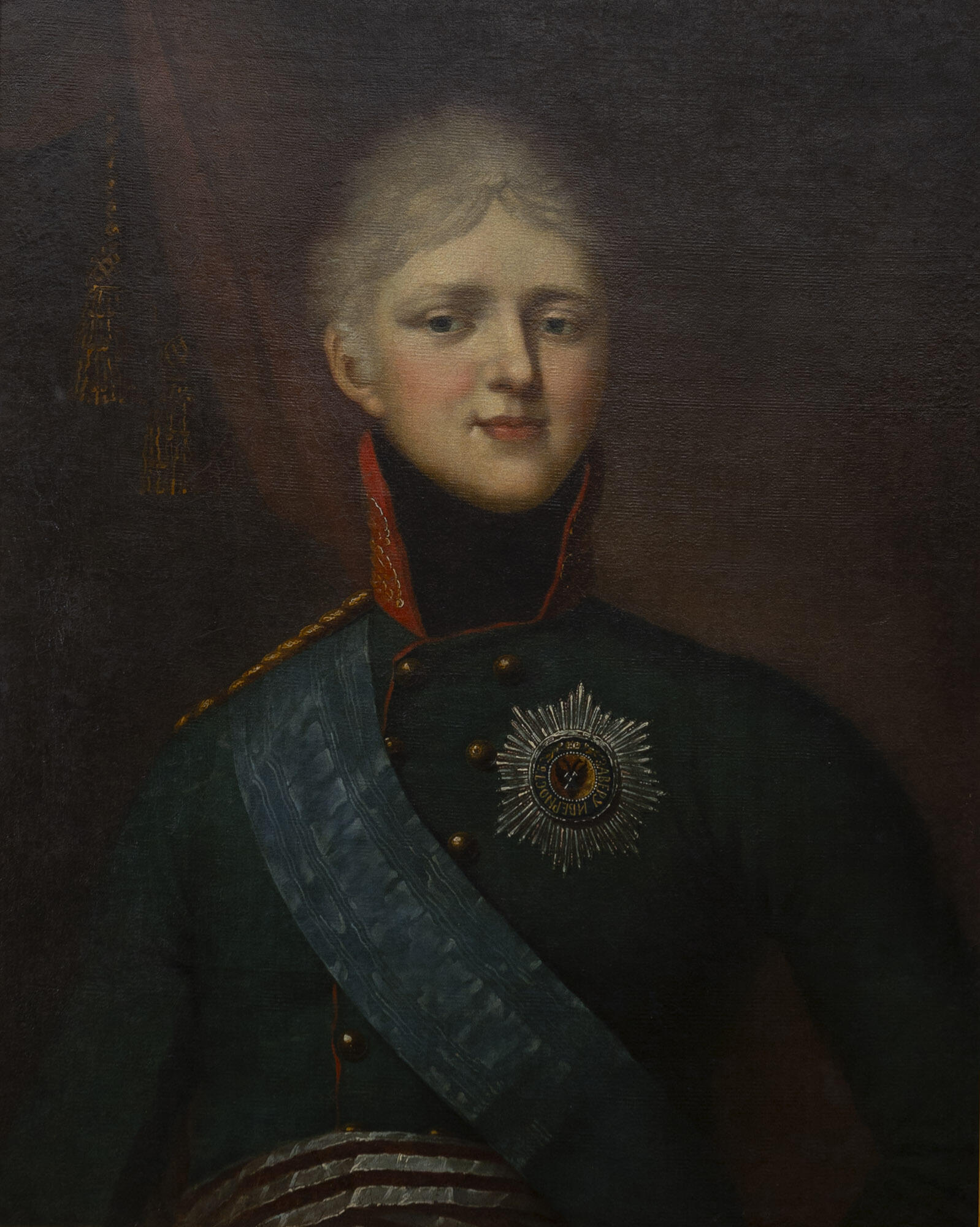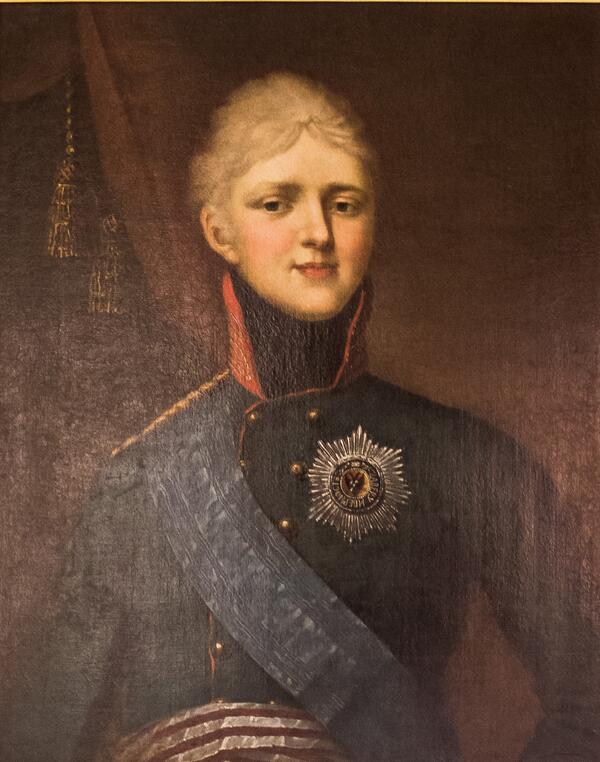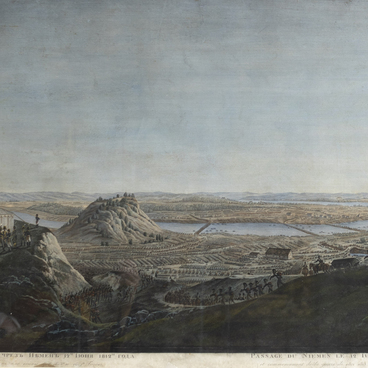Alexander I (December 12, 1777, Saint Petersburg — November 19, 1825, Taganrog) ascended the Russian throne on March 11, 1801. Under his reign, Russia became part of the Third and Fourth, as well as the Sixth and Seventh anti-French coalitions.
In 1812, the Russian Empire began almost openly preparing for war with France. In March 1812, the emperor approved the defense plan of the then Minister of War Mikhail Bogdanovich Barclay de Tolly.
In April of the same year, Alexander I went to the 1st Western Army in Vilna, where on June 12 he received news that the Great Army had crossed the Neman River. On June 13, he signed an order to the troops and a Manifesto about the war with France and on July 6, 1812 — a Manifesto on gathering the militia. On August 8, the emperor appointed Mikhail Illarionovich Kutuzov Commander-in-Chief. The emperor did not like Kutuzov, but took his popularity into account.
After the final defeat of Napoleon, Alexander I sought to lead Europe and initiated the establishment of the “Holy Alliance”, which, in his opinion, was supposed to unite all the monarchs of Europe, but Alexander’s political advances were opposed by the British and Austrian courts.
After 1815, Alexander I granted a constitution to the Kingdom of Poland, which became part of Russia, and even discussed projects on the abolition of serfdom. However, under his reign, access to education was limited and a secret police was established in the army.
The waist-length portrait of Alexander I from the collection of the Borodino Museum-Reserve was created by an unknown artist. It was probably based on a full-length ceremonial portrait of the emperor. The original portrait was painted by the artist Vladimir Lukich Borovikovsky in 1802–1803 (housed in the State Russian Museum).
Like in Borovikovsky’s portrait, the emperor is depicted in the uniform of the Preobrazhensky Life Guards Regiment of the 1801/1806 model, which he introduced immediately after his accession to the throne. On his chest is the star of the Order of St. Andrew the Apostle the First-Called. It was the highest order in the Russian Empire. He also wears a sash of the same order over his right shoulder.
His hair is powdered according to the fashion of that era. Having borrowed from the official ceremonial portrait the uniform, orders and the general nature of the pose (as well as the background — the curtains with tassels), the unknown artist slightly changed the original composition. The emperor is turned to the viewer not with his right shoulder, but with his left, and he holds his hands in a somewhat different way. However, due to insufficient training of the artist, the figure looks static and the posture is quite unnatural.

